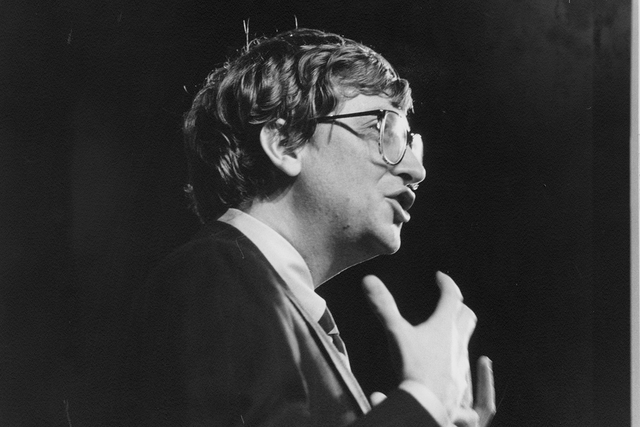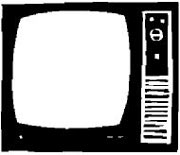Was there ever another book as good as this one marred by so weirdly prolix and crankish-sounding a cover lead-out as “The Fix: Under the Nixon Administration, America Had an Effective Drug Policy. WE SHOULD RESTORE IT. (Nixon Was Right)”? This summary-cum-subtitle is partly misleading in two important ways. First, it gives the impression that Massing, a veteran chronicler of the drug world, has delivered just another wonkish analysis of drug policy. The Fix is indeed a trenchant and quietly damning indictment of the follies of that policy, and a thoughtful prescription for correcting them. But it’s also much more: a wrenching account of how policy unravels into reflexive crusade, and how lives unravel as a result—an eye opener even for long-time combatants, chroniclers, and critics of what’s unfortunately called “the War on Drugs.”
I say that as a one-time grunt in that war, serving under the very president, Richard Nixon, who bequeathed us that sorry term. In 1973, as Nixon’s crew sweated through the Watergate hearings, I moved from a work-study gig to working as a counselor and, during one interim, co-director of a ragtag drug-crisis center in the paint-sniffing and heroin-saturated barrio. Being relatively clean and sober may have been my main qualification. And yes, as Massing indicates, the Nixon administration deserves credit for funding that and a thousand other community treatment and outreach services around the country, and for the methadone that enabled my fellow counselors to work and stay out of prison—elements of what Massing calls “the Great Experiment,” America’s one full-tilt and, for a while, strikingly successful effort to get drug addicts off drugs.
The Fix by Michael Massing Simon & Schuster, $25
But Nixon and his people were also very wrong, as Massing recounts with scrupulous reportage but insufficient emphasis. Nixon was the first president to see the political mileage to be had from demonizing junkies and pushers (as dealers were then called), and lit into them with demagogic abandon. And he initiated the militarization of drug policy—both by labeling it “the War on Drugs” and by undertaking to seal the borders against contraband by whatever means necessary. That futile goal is upheld still by President Clinton and his drug “czar” (what a telling term!), Gen. Barry McCaffrey, who last year urged giving the Pentagon another $141 million that it didn’t want to pursue drug runners and peasant growers around the world.
But Nixon the “law and order” scourge was also Nixon the pragmatist, determined to bring down the crime rates he’d laid against the Democrats in his 1968 campaign. His domestic-policy chief, the late John Ehrlichman, dispatched a bright young aide named Egil Krogh (a former member of Ehrlichman’s Seattle law firm) to find out how to cut crime in conspicuously crime-ridden Washington, DC. Krogh arrived at a basic truth that has eluded so many drug warriors since: interdiction and most other enforcement strategies merely drove up heroin prices, making addicts commit more crimes to pay for them. The answer was to get them off heroin—which many of them longed to do. And the quickest, surest way to do that seemed to be to get them on methadone.
Prodded by Krogh, Nixon’s people did what subsequent administrations have been too cynical, craven, or merely witless to do. They spent twice as much on addiction treatment and prevention as on enforcement and interdiction (a ratio reversed under Reagan, Bush, and Clinton), and separated these inherently conflicting spheres. As proto-drug czar, Nixon appointed not a general (as Clinton did), nor a gasbag ideologue or has-been political hack (Bush’s czars Bill Bennett and Bob Martinez) but a genuine treatment pro, the methadone pioneer Jerome Jaffe. Jaffe and company launched methadone clinics across the land. They also hit on a brilliantly simple and humane response to the heroin epidemic among soldiers returning from Vietnam: instead of court-martialing them, or just winking, make them undergo two weeks’ detox in-country before coming home (which often induced them to clean up on their own).
Methadone treatment—which entails substituting another, less-intoxicating addiction for heroin—was controversial then and remains so today; last fall Mayor Rudolph Giuliani announced that New York would cut off methadone in favor of a more moral cure: abstinence. But as Massing tallies them, the results under Nixon were quick and stunning: crime rates plummeted in the cities and addiction fell among returning GIs. Then Watergate hit, and Krogh took the fall. A hard-line backlash arose against “soft” anti-drug strategies, led by the grandstanding Gov. Nelson Rockefeller, who got the first ferocious mandatory drug sentences—life without parole for selling any quantity—passed in New York. Disillusioned and no longer protected by Krogh, Jaffe quit.
A pattern was set: Each time sensible drug policy began to take hold, some cruel and petty mischance would derail it. President Jimmy Carter wanted to decriminalize marijuana—until his drug adviser, Peter Bourne, got sideswiped by overblown coke-party and prescription-writing scandals. A few roaches left over at an Atlanta teen party inspired the blindly zealous “parents’ movement,” which led in turn to Nancy Reagan’s “Just Say No” campaign, zero tolerance, runaway drug testing, the Partnership for a Drug-Free America, and other cures worse than the disease. That disease was, in the main, youthful experimentation, especially with marijuana, which like the common cold tends to go away on its own. While the parents’ and Just Say No movements fixated on middle-class pot smoking, a new crack-cocaine epidemic and recurrent heroin wave rose in the neglected inner cities, and the treatment that could staunch them went begging.
Wretched as this saga has been so far, Massing doesn’t stop at despair, or escape into easy optimism. Rather, in a tour de force of street as well as political reporting, he brackets his sweeping account of the drug war with stories of struggle, disaster, and resurrection in two intimate battles. One is the tale of a young black woman named Yvonne Hamilton fighting to escape crack. The other is the more complicated story of Raphael Flores, a driven, self-destructive angel who runs a hardscrabble treatment program and is blessed and cursed with a gift for helping addicts get off drugs. In them, as in Jaffe, Massing finds a tragic, heroic dimension, and the beginnings of hope. If they can lick their addictions, we ought to be able to overcome our drug-war mania and get back to the job we started under Tricky Dick.
Eric Scigliano is a senior editor of Seattle Weekly.







